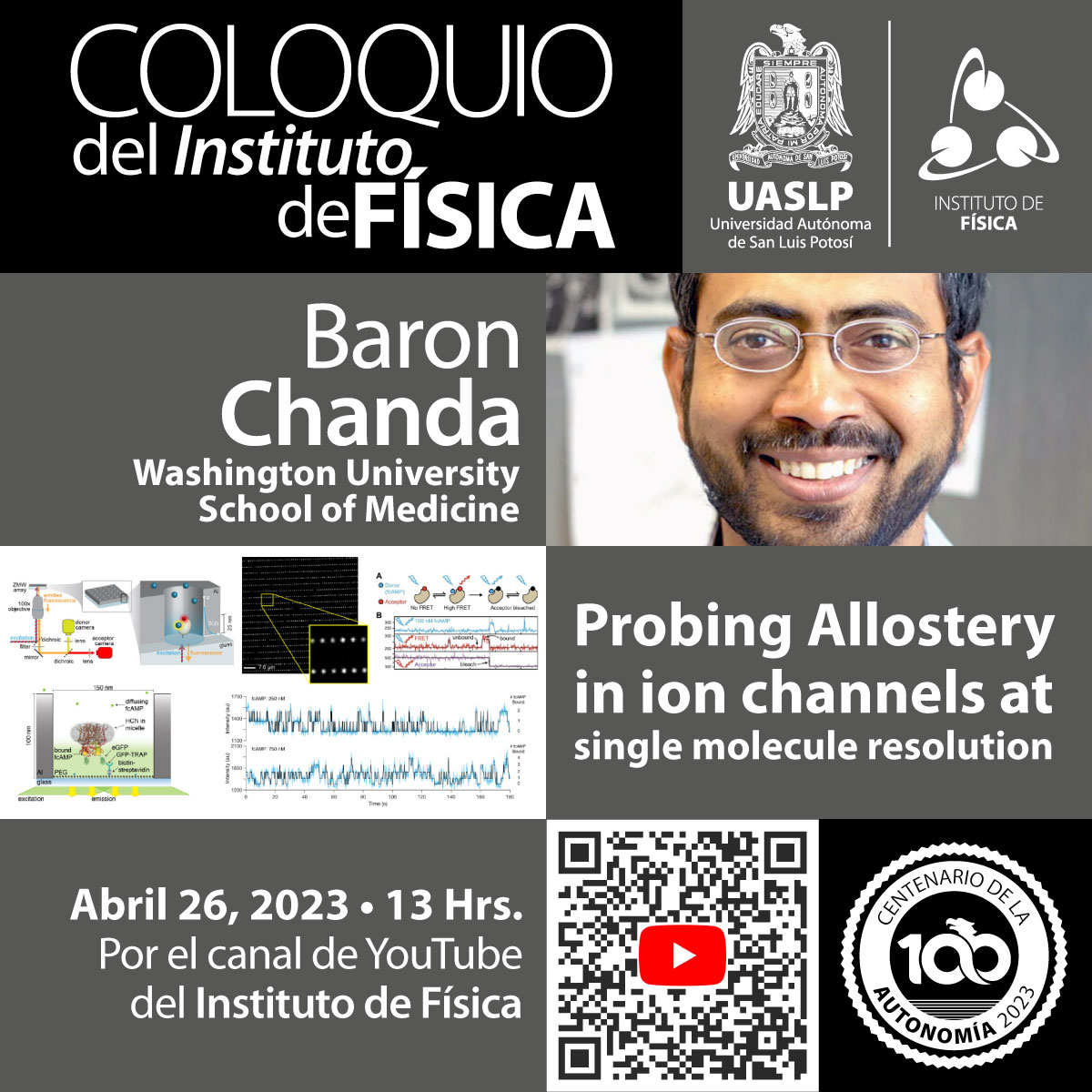
Pacemaker ion channels are involved in maintaining electrical activity in oscillatory circuits found in the brain and heart. The activity of these channels is also directly regulated by second messengers such as cAMP which bind to the cyclic nucleotide binding domain in the C-terminus. Macroscopic ligand binding studies suggest that cAMP binds to these channels in a non-monotonic fashion. However, these studies have been controversial and efforts to eliminate this ambiguity using single-molecule techniques is hampered by technical challenges of measuring individual ligand binding events at physiological concentrations. We use nanophotonic zero-mode waveguides to resolve binding dynamics of individual ligands to multimeric HCN1 and HCN2 ion channels. Our studies enable us obtain a direct estimate of the various equilibrium constants associated with each of the ligation states and probe allostery in these ion channels at an unprecedented detail.










